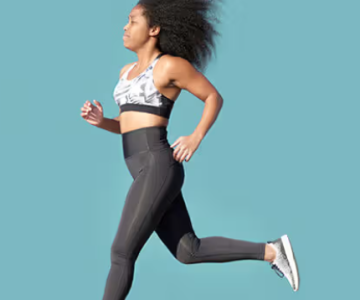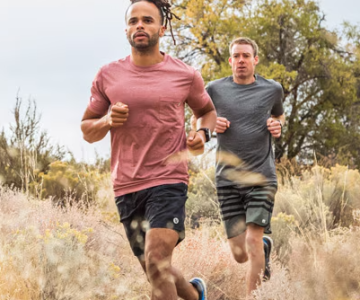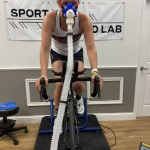If you’ve ever been told that you have a “weak butt” by a health professional or fitness expert, you’re not alone. This is a common remark, especially for those who experience pain ranging from the lower back to the feet. But why do so many people hear this? The answer lies in the biomechanics of the body, particularly how it interacts with the ground during everyday movements like walking and running.
Our bodies rely on a dynamic process of muscle control to stay upright and balanced, reacting to the forces from the ground and gravity. For infants learning to walk, this is a complicated task, requiring many attempts to master. But as we grow, this process becomes automatic, though it still requires the muscles surrounding the hips, particularly the gluteal muscles, to work properly.
The glutes are made up of three muscles: the gluteus maximus, gluteus medius, and gluteus minimus. These muscles are critical for maintaining movement stability, especially as we engage in walking and running. The gluteus medius plays a pivotal role in keeping our pelvis level during these activities, while the gluteus maximus, medius, and minimus work together to control the motion of the knee and limit any excessive rotation or collapse of the knee toward the center of the body.
The Effects of Sedentary Lifestyles on Gluteal Function
Unfortunately, the automatic nature of these movements can be disrupted by inactivity or disease. A sedentary lifestyle, such as prolonged sitting at a desk or on the couch, can lead to weakened glutes. This can also happen as a result of specific types of training, especially if a workout routine only focuses on movements in one direction, such as running, which mainly involves flexion and extension in the sagittal plane. Cross-training, including exercises that target rotational and side-to-side movements, can help address this imbalance.
Injury often occurs when muscles, including the glutes, fail to support proper joint mechanics during activity. Many common issues, such as low back pain, iliotibial band syndrome, and knee injuries like patellofemoral pathology, are linked to poor pelvic alignment and weak glutes. Strengthening the gluteal muscles is crucial for restoring proper movement patterns and avoiding these injuries.
Rehabilitation and Strengthening of the Glutes
To help patients retrain and strengthen their gluteal muscles, physical therapists often prescribe exercises. One popular exercise is the “clam,” which targets hip abduction and external rotation, aiming to engage the gluteus medius. While effective in some cases, the clam exercise is often over-prescribed and may not be challenging enough for individuals looking to return to more dynamic activities. There is certainly a place for the clam in rehabilitation, but for those progressing in their recovery, more advanced exercises should be introduced.
Research has shown that certain exercises activate the gluteus medius and gluteus maximus to a greater degree than others. However, it’s important to note that these exercises require a strong core and may be too difficult for beginners. For those with weak core muscles, these exercises should be approached gradually. For those looking to strengthen the glutes effectively, the following exercises are particularly beneficial:
Top 4 Exercises to Activate the Gluteus Medius and Gluteus Maximus
- Front Plank with Hip Extension
This exercise can be modified by performing it from the knees for those who need an easier version. It effectively engages both the core and glutes. - Side Plank with Dominant Leg on Top and Leg Lift
A side plank with a leg lift targets the gluteus medius and maximus, promoting stability and strength on the side of the body. Perform from the knees if necessary for beginners. - Side Plank with Non-Dominant Leg on Top and Leg Lift
Similar to the previous exercise, but with the non-dominant leg on top, this variation further challenges stability and glute strength. - Single Leg Squat
This exercise is fantastic for strengthening the glutes while also improving balance and joint control.
By incorporating these exercises into your routine, you can effectively strengthen the gluteal muscles, improve your posture, and prevent injuries. Remember, glute strength is essential not only for performance but also for overall body mechanics, ensuring that you can move efficiently and without pain.





